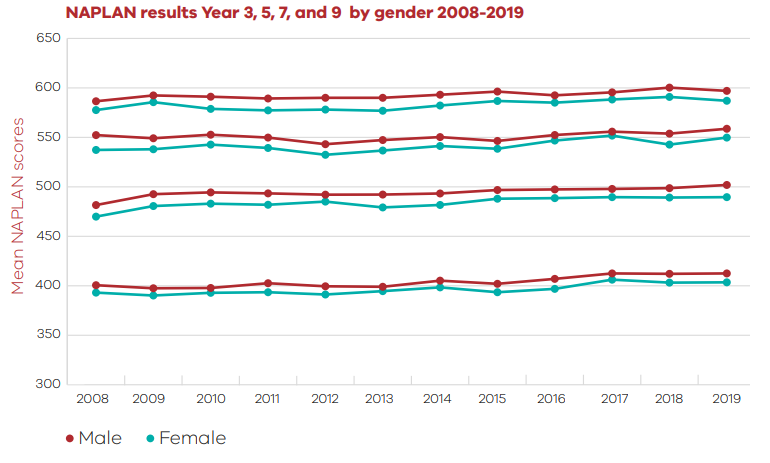Historically, mathematics (and science) and related careers have been viewed as fields more suitable for boys and men than for girls and women.

While there have been some advances made over time, gender remains a factor impacting on:
• Achievement in mathematics.
• Attitudes about mathematics and towards oneself as a learner of mathematics, and
• In participation rates in mathematics once it is no longer compulsory.
The latter impacts on future career options and opportunities.
For many years we have been reading about gender differences in mathematics learning. And for many years, too, we have asked what we, teachers, parents, and educational bodies, can do to ensure that girls are not left behind. Sadly, we have to accept that after at least five decades of serious research, hard work, and good intentions, subtle but persistent gender differences continue to be observed and described. Further research and actions are clearly needed.
PERFORMANCE
It is often reported in the literature that, on average, boys outperform girls in mathematics. Is this true in Australia? Let’s look at the Numeracy component of the nationally mandated NAPLAN tests.

The consistency of the findings is startling. In each year, and at each grade level, over the past decade boys have, on average, slightly outperformed girls. But the overall picture is more complicated.
Consider further results from the NAPLAN Numeracy test
– see the entries for 2019 in Table 1. It can be seen that:
• A slightly higher proportion of girls than boys met the National Minimum Standard.
• A higher proportion of boys than girls scored in the highest band

Schools, parents, and society
A school’s culture might influence students’ beliefs and teachers’ behaviors. For example: • School based assessment practices. Are timed tests, on which boys often perform better than girls, the exception or the norm?
• How students are grouped for learning across and within schools and classrooms (e.g., single sex/co-education, mixed ability/ability grouping). What beliefs may be reinforced by the different grouping practices?
• Why might opportunities for collaborative activities in and beyond the classroom be important?
• Timetabling of subjects and the resulting subject choices that need to be made. What may be implied by particular subjects being blocked together?
Beyond school
Does the content of the print media, films, and TV portrayals of women and men in STEM activities reinforce or challenge stereotypes? Do the figures in the table below reflect parents’, friends’, and broader society’s attitudes and expectations towards STEM and STEM-related occupations for boys and girls?

Comments